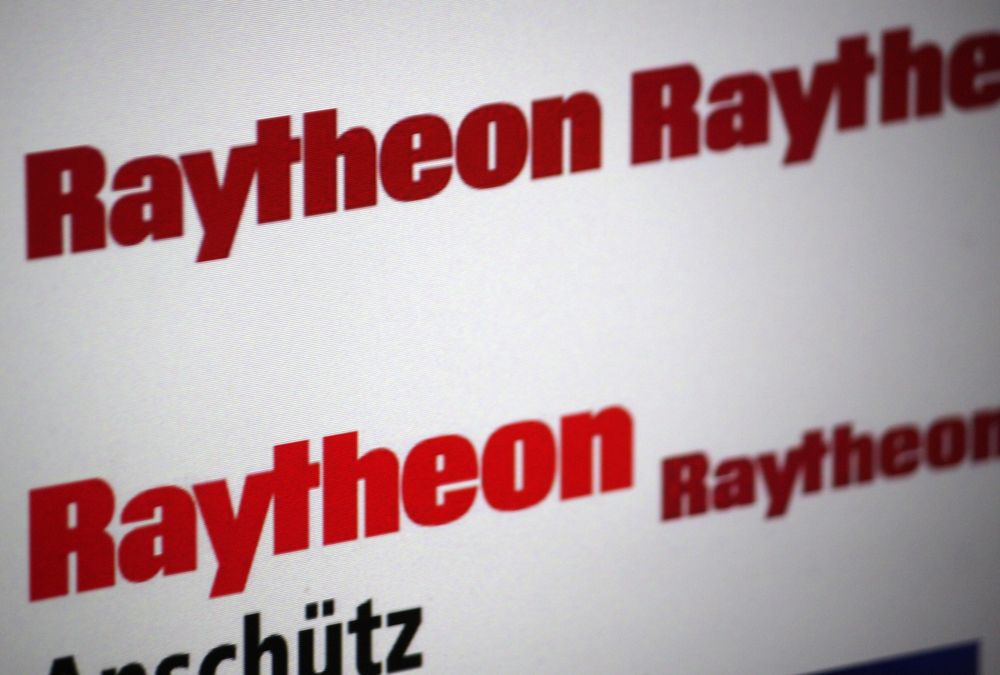
The Defense Advanced Research Projects Agency (DARPA) announced this week the success of a second test flight for Raytheon Technologies’ new Hypersonic Air-breathing Weapons Concept.
Also known as HAWC missiles, the Hypersonic Air-breathing Weapons Concept projectiles are powered by a scramjet engine. This is designed to maintain performance quality in the most extreme conditions that hypersonic weapons experience while travellling and maneuvering at speeds in excess of Mach 5. Since the test, which occurred in July, the agency noted in a statement, this week, how they have expanded their understanding of the missile’s engine capability. Furthermore, they celebrate, the test met all set parameters.
HAWC program manager Andrew Knoedler commented, “This most recent test allowed exploration of more of the flight and scramjet engine operating envelopes. DARPA demonstrations are always about learning, whether it’s in the interest of feasibility or practicality, and this time we certainly got new information that will further improve performance.”
It probably should be noted that both Raytheon Technologies and Lockheed Martin are developing their own HAWC missile prototypes. These are joint projects between DARPA and the United States Air Force. Lockheed is expected to test its first missile in March but they have not yet determined the schedule for its second flight.
Raytheon President of Air Power Paul Ferraro recently revealed that their approach to developing HAWC missiles relies quite a bit on digital engineering and hi-fi models. Ferraro says these help them to better understand how their missiles respond to the environment before they attempt a test flight.
Apparently, this is particularly important for hypersonic missiles as the extreme environments where they operate can result in mid-flight deformity; and that, of course, will affect overall performance. Ferraro notes that Raytheon has managed to advance its high-fidelity modeling in a way they can track testing history to develop a more complete comprehension of what the missile can do and how it reacts in the environment.
